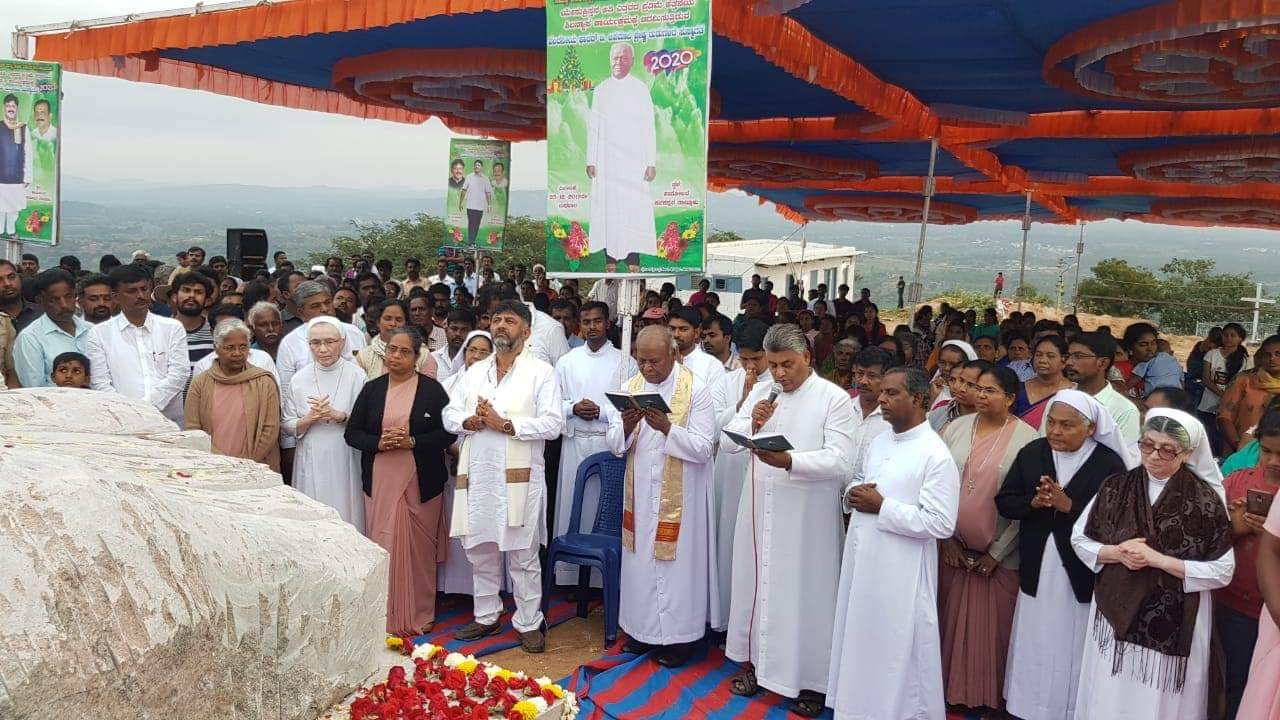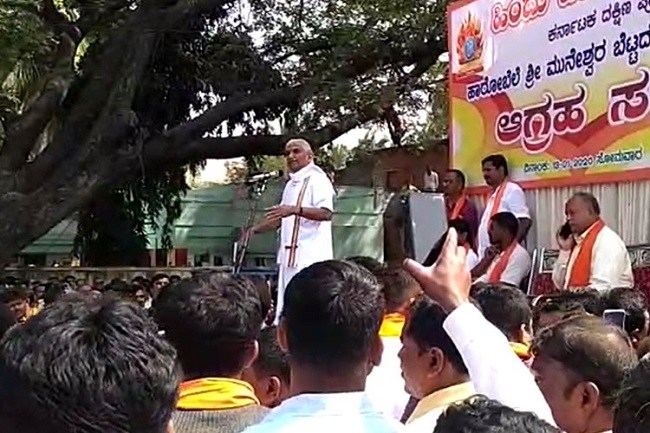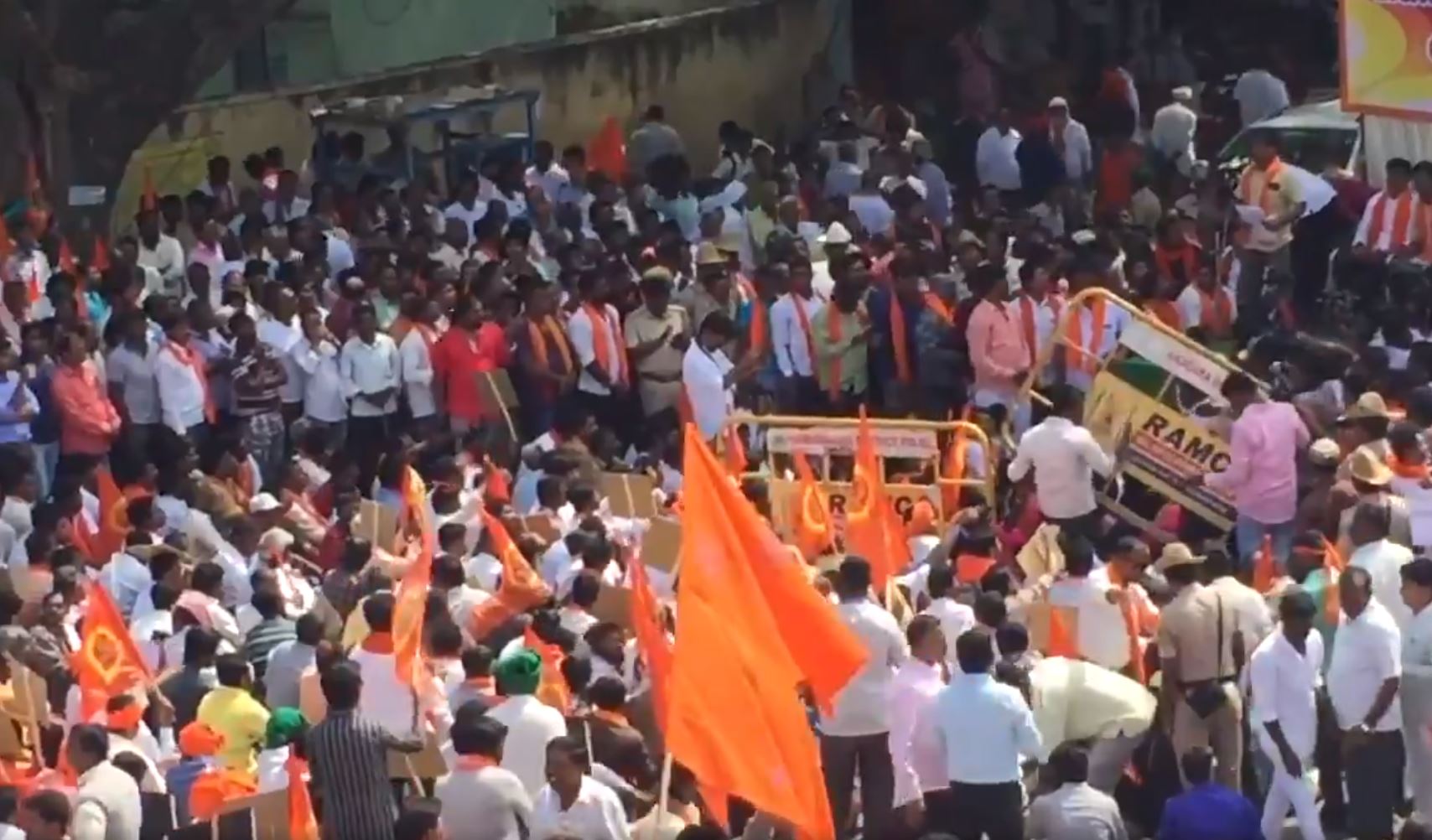
- Home
- India
- World
- Premium
- THE FEDERAL SPECIAL
- Analysis
- States
- Perspective
- Videos
- Sports
- Education
- Entertainment
- Elections
- Features
- Health
- Business
- Series
- In memoriam: Sheikh Mujibur Rahman
- Bishnoi's Men
- NEET TANGLE
- Economy Series
- Earth Day
- Kashmir’s Frozen Turbulence
- India@75
- The legend of Ramjanmabhoomi
- Liberalisation@30
- How to tame a dragon
- Celebrating biodiversity
- Farm Matters
- 50 days of solitude
- Bringing Migrants Home
- Budget 2020
- Jharkhand Votes
- The Federal Investigates
- The Federal Impact
- Vanishing Sand
- Gandhi @ 150
- Andhra Today
- Field report
- Operation Gulmarg
- Pandemic @1 Mn in India
- The Federal Year-End
- The Zero Year
- Science
- Brand studio
- Newsletter
- Elections 2024
- Events
- Home
- IndiaIndia
- World
- Analysis
- StatesStates
- PerspectivePerspective
- VideosVideos
- Sports
- Education
- Entertainment
- ElectionsElections
- Features
- Health
- BusinessBusiness
- Premium
- Loading...
Premium - Events

As Hindutva comes calling, Catholic church struggles with caste in Karnataka

Catholics belonging to the politically influential Vokkaliga and Golla castes have ruled Harobele village in Karnataka’s Kanakapura with an iron hand for centuries. They’ve enforced a strict caste-code ever since the first parish was established here in the year 1675. When this writer visited the village first in January 2015, a tense situation prevailed as a fallout of a riot led by...
Catholics belonging to the politically influential Vokkaliga and Golla castes have ruled Harobele village in Karnataka’s Kanakapura with an iron hand for centuries. They’ve enforced a strict caste-code ever since the first parish was established here in the year 1675.
When this writer visited the village first in January 2015, a tense situation prevailed as a fallout of a riot led by the Vokkaliga and Golla Catholics against Dalit Catholics.
Nobody had dared to stop the men as they blocked all entry points in the village for more than a week during which they did as they pleased. Police stood back lazily as the Vokkaliga men patrolled the streets on motorbikes and jeeps, armed with sharp weapons and lathis.
Despite being Catholics, the dominant castes of Harobele enjoyed a strong filial and political bond with their Hindu counterparts, particularly the Vokkaligas, who hold sway over politics in most parts of South Karnataka.
Things have changed quite dramatically in Harobele since then. The same men who were scouring the streets for a target five Januaries ago are today too scared to venture out of their houses.
This 350-year-old Catholic village, about 70 km from Bengaluru, has been in the news for about a month now. Hindutva groups have launched an agitation against the church’s plans to construct a 114-ft statue of Christ on a hilltop here.
The men who control Harobele are worried that the village — where only two per cent are Hindus — may be attacked by extremists, for whom it makes little difference whether they are Vokkaliga or Golla by caste. In their eyes, they are foreign-funded evangelists on a mission to convert Hindus.
While church leaders have exhorted Harobele’s entire Catholic community to unite in this crisis, Dalit Catholics in the village are carefully weighing their options.
“This may be a good time to demand an end to untouchability. Imagine how the church will look if we threaten to reconvert to Hinduism at this critical juncture,” Selva Kumar, a Dalit Catholic resident and one of the victims of the 2015 riot, told The Federal. “Religion is like clothes.”
A growing threat
RSS leader Kalladka Prabhakar Bhat has claimed that the hilltop in Harobele, where local Catholics have been praying since 1906, is actually dedicated to a Hindu deity called Munneshwara. He has threatened to launch an agitation like the Ayodhya movement to construct a grand temple on the hill.
Following the claims, the newly formed BJP government in the state has withdrawn permission for the construction of the Christ statue and ordered an investigation into the approval granted by the previous Congress government. The revenue officer who had processed the land papers has been transferred.

On January 13, Bhat led thousands of Hindutva activists from across Karnataka to Kanakapura town for a protest rally. The event was marked by vitriolic speeches against the minority community.
The streets in Harobele were unusually deserted that evening. “You heard what they were saying against Christians? Anything can happen at any time. I can’t comment on what is being said. All I know is that we have not done anything illegal,” said Chinnaraju Sandhyagoppa, the Vokkaliga Catholic with the biggest house in Harobele.
Chinnaraju is the local representative of DK Shivakumar, the powerful Congress leader from the Vokkaliga community, and one of the main people behind the statue project. Residents claim Shivakumar considers this village his lucky charm since 1987 when he contested his first Zilla Panchayat election and won.
Although there’s no proof of his direct involvement in the 2015 caste riots, Chinnaraju was clear about which side he sympathised with. Justifying the attacks, he had said five years ago that NGOs and activists were to blame for the violence in the village.
He had then said, “They (NGOs) teach them (Dalit Catholics) about Ambedkar and Communism and try to draw them away from the church. Why do we need Ambedkar when we have Jesus?”
Failed civil rights movement
The riots of 2015 were triggered when Dalit Catholics in the village started asserting their civil rights. They started demanding equal treatment at barber shops, hotels, public water bodies and, most importantly, in the Harobele church. They also wanted to install a statue of BR Ambedkar in the village.
The terror unleashed by the Golla and Vokkaliga Catholics in response to these demands ensured that these most basic rights still remain a distant dream.
To this day, Dalit Catholics are not allowed into hotels and tea shops and are served in disposable utensils because their touch is considered polluting by other Catholics. Of the three barber shops here, only one services Dalit Catholics. Ironically, that barber shop is run by a Hindu.
The church is also a party to this segregation.
Dalit Catholics are not even allowed to bury their dead in the main cemetery run by the church.
“Every September, when the village gathers for a feast at the church, our food is cooked separately and we are not allowed to eat along with everybody else,” alleged Naveen Kumar, one of young Dalits from the village who has finished his MBA and runs a successful headhunting firm in Bengaluru.
Most of the prime farmland here is owned by Catholics from the Vokkaliga, Golla, Besta, Madiwala or Agasa (dhobi), Banajiga and Thigala castes. Dalit landholdings shrank after they converted generations ago, shows a study in 1996 by Prof S Japhet, now the vice-chancellor of Bengaluru Central University.
Conducted as part of his MPhil dissertation, Japhet’s study of Harobele (the only study conducted in what is, arguably, Karnataka’s oldest Catholic village) shows that by the 1980s, the number of small Dalit famers had decreased from 15 per cent of the population to 2.5 per cent. The number of medium farmers fell from 17.5 per cent to 2 per cent. The percentage of large Dalit farmers plummeted from 2.5 to zero. The study found that it was common for upper caste Catholics to hold Dalits as bonded labourers till the 1960s. Many Dalits gave up their lands to the upper castes to secure the freedom of the bonded labourers.
Interestingly, the priest who administers the Harobele church, Fr CN Chinnappa, is also a Dalit, albeit from Tamil Nadu. Confirming the open practice of untouchability in Harobele and nearby Catholic villages, he said, “Change can happen only when some decisions are taken at the highest level of the Catholic establishment. If I try to impose too many changes on my own, things can become very risky here.”

Naveen’s father Upper Raju was at the forefront of the civil rights movement in the village in 2015 and the first one to be attacked during the riots in which nearly a hundred Dalit Catholics were injured.
“When the RSS launched the protest against the Christ statue, some of the Vokkaliga Catholics who had opposed the Ambedkar statue approached me asking for my support. They wanted me to invite Ambedkarite and other human rights groups to the village to support the local Catholics,” he said, adding, “I flatly refused.”
Fr. Chinnaraju said he was pained to see the congregation divided when it is facing its greatest threat so far. “There are hate-filled messages on social media, calling on Hindus to take over this village. The present government seems to care little for minorities. But there is no unity here to face these challenges because of centuries of caste divisions.”
‘Caste is like the skin’
Bengaluru based Dalit Christian and Ambedkarite activist Y Mariswamy has been educating lowered caste residents of Harobele and nearby Catholic villages on their civil rights for the last ten years.
Dalit Catholics here often quote his most popular statement: “Religion is like clothes and can be changed any time. But caste is like the skin, it can’t be peeled off.”
Speaking to The Federal, Mariswamy said, “I am in a dilemma now. To oppose the communal forces, should I join hands with the casteist forces? If I get Ambedkarite groups from Bengaluru to support the statue construction, will the ruling caste Catholics in Harobele abolish untouchability?”
Christians in India have been facing extreme persecution at the hands of radicalised Hindus ever since the BJP government of Prime Minister Narendra Modi came to power in 2014, say fact-finding reports compiled by monitoring groups such as Catholic Secular Forum (CSF), Alliance Defending Freedom (ADF), Evangelical Fellowship of India (EFI), Open Doors and the Indian Christian Activists Network (ICAN).
According to an ADF report, which says that there have been 1,400 major attacks on the community across India since 2014, persecution of Christians went up by 30 per cent since the present government came to power. In 2019, Open Doors listed India as the 10th most dangerous place in the world for Christians.
Christians in India are facing violence at an unprecedented scale at a time when the biggest Christian institution in the country — the Catholic church — is facing some of its toughest internal challenges.
In June 2015, the Dalit Christian Liberation Movement (DCLM) accused the Vatican of doing nothing to stop untouchability and segregation in Catholic establishments and embarrassed the church by filing a complaint against the Pope before the UN Secretary General.
Copies were also marked to the United Nations’ Committee on Elimination of Racial Discrimination, Committee against Torture, the Human Rights Committee as well as several judges of the International Criminal Court. They demanded that the UN revoke the Permanent Observer status enjoyed by Pope Francis as the head of the Vatican. The complaint sent shockwaves in the Catholic world, for nobody had questioned the Pope like this before.
The complaint also said that the Catholic establishment had institutionalised caste discrimination in India and compiled some telling statistics: of the 180 Catholic Bishops in India, only 7 are Dalits; of the 15,420 Catholic diocesan priests, only 754 are Dalits, and of the 65,000 religious nuns, only 3,200 are Dalits.
This, despite the fact that more than 70 per cent or 20 million Catholics in India belong to Dalit communities. “A Dalit Catholic has never become a Cardinal in the history of the catholic church in India,” said prof Mary John of the DCLM who initiated the complaint against the Pope.
In a development earlier this month which further dents the reputation of the church as an agent of social change, the Supreme Court admitted a petition seeking Scheduled Caste status and affirmative action benefits for Dalit Catholics.
The petition filed by advocate Franklin Caesar on behalf of the National Council of Dalit Christians (NCDC) says that the condition of Dalits has not changed despite conversion to Christianity.
Caesar told the court, “Change in religion does not change social exclusion. Caste hierarchy continues to hold fort within Christianity even though the religion forbids it.”
Caesar says he is a much hated figure in both Protestant and Catholic circles. “They feel like we Dalits are not loyal Christians, that we should be resisting those who are persecuting the community in the name of Hindutva,” he told The Federal. “I am firm in the belief that fighting the church is not the same as fighting Christianity. I am following the path shown by Jesus, a great human rights activist who came to earth to liberate the slaves.”
